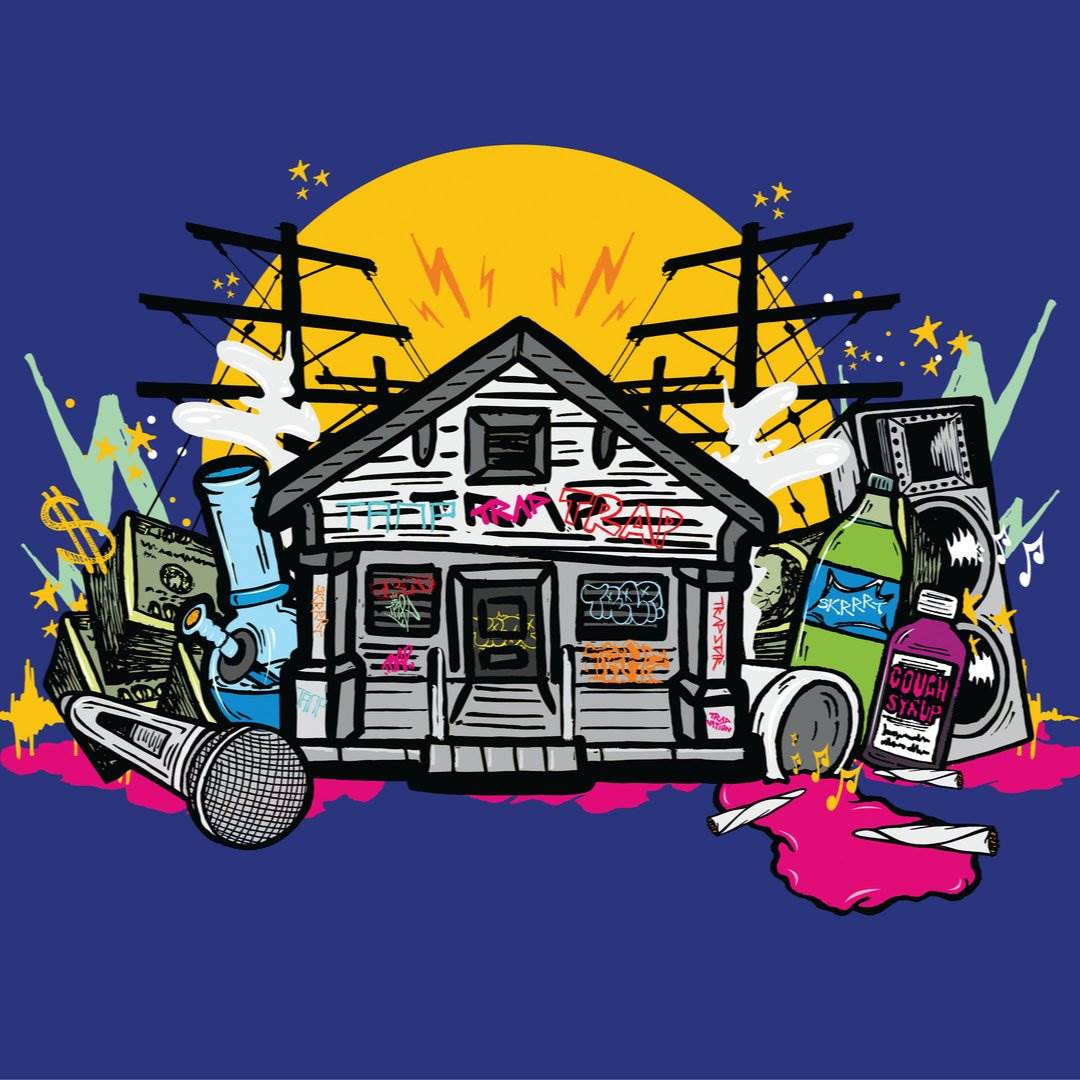Health & Safety Code § 11366 HS makes it a crime to open or maintain a drug house. This is defined as a place used for unlawfully selling, giving away or using controlled substances.
A conviction carries a sentence of
- up to one year in jail if charged as a misdemeanor or
- up to 3 years in custody as a felony.
This section is frequently charged along with related California drug crimes such as:
- Health & Safety Code 11352 HS – sale or transportation of a controlled substance,
- Health & Safety Code 11351 HS – possession for sale of controlled substances, or
- Health & Safety Code 11350(a) HS – possession of a controlled substance.
The language of HS 11366 states: “Every person who opens or maintains any place for the purpose of unlawfully selling, giving away, or using any controlled substance…shall be punished by imprisonment in the county jail for a period of not more than one year or the state prison.”
Examples
- selling drugs out of the back half of a business.
- opening a cleaning supply store to use it as a place to give away methamphetamines.
- maintaining a limousine service to help sell illegal drugs.
Defenses
Criminal defense lawyers draw upon several legal strategies to help defendants challenge drug charges under this statute. A few common ones include showing that:
- a defendant was not selling drugs, but had them for personal use,
- law enforcement performed an unlawful search and seizure, and/or
- there was no continuous or repeated conduct.
Penalties
A violation of Health & Safety Code Section 11366 is a wobbler offense, meaning it can be charged as either a misdemeanor or a felony.
As a misdemeanor, the crime is punishable by custody in county jail for up to one year.
As a felony, the crime is punishable by custody in jail or state prison for up to three years.
Our California criminal defense attorneys will highlight the following in this article:
- 1. How does California law define “operating a drug house”?
- 2. Are there legal defenses to HS 11366 charges?
- 3. What are the penalties?
- 4. Are there related offenses?
1. How does California law define “operating a drug house”?
A prosecutor or district attorney must prove the following elements of the crime to convict a person under this statute:
- the defendant opened or maintained a place, and
- he/she did so with the intent to sell, give away, or allow other people to use a controlled substance or narcotic drug on a continuous or repeated basis at that place.1
A “place” usually means a house or apartment, but it also includes other structures for the purpose of this statute. For example, a hotel room or motel room can count as a “place” according to this law.2
It is also important to note that people are only guilty under this statute if they opened or maintained a drug house in order to provide other people with the opportunity to use illegal drugs.3 A person that maintains a place for his/her own drug activity is not guilty of this offense.
Note, too, that people are only guilty of opening or maintaining a drug house if they sold or gave away controlled substances on a continuous or repeated basis. If a sale or provision of a drug was a one-time thing, then people have not violated this code section.4
2. Are there legal defenses to HS 11366 charges?
People facing criminal charges under this law can challenge them with a legal defense. An effective defense strategy for this offense is showing that:
- the drugs in question were for the defendant’s personal use.
- police conducted an unlawful search and seizure.
- there was no continuous and repeated conduct.
2.1. Drugs for personal use
Recall that people are only guilty under this code section if they opened or maintained a place to provide other people with drugs. This means it is always a defense for defendants to show that any drugs found in a place were for their personal use.5 Perhaps, for example, a drug was a prescription drug and the accused had a lawful prescription for it.
2.2. Unlawful search and seizure
A popular defense for drug offenses is to show that police gathered evidence of drug use or drug paraphernalia by means of an unlawful search or seizure. For example, maybe law enforcement:
- entered the alleged drug house without a valid California search warrant, or
- searched outside the area covered by a warrant.
2.3. No continuous or repeated conduct
Recall that a one-time transaction is not enough to convict a person under this statute. The law requires there to be continuous and repeated drug activity. A strong defense, then, is for accused people to show that this type of conduct was not present in their case.

A violation of Health & Safety Code 11366 HS can result in a fine and/or jail time.
3. What are the penalties?
A violation of this law is a wobbler. A prosecutor can charge a wobbler offense as either a misdemeanor or a felony.
If charged as a misdemeanor, the crime is punishable by:
- imprisonment in county jail for up to one year, and/or
- a maximum fine of $1,000.
If charged as a felony, the crime is punishable by:
- up to three years of confinement in jail or California state prison, and/or
- a maximum fine of $10,000.
In addition to the above penalties, the real property where a drug house is alleged to have been maintained may be confiscated in many cases under California’s asset forfeiture laws.
4. Are there related offenses?
There are three crimes related to operating or maintaining a drug house. These are:
- presence during illegal drug use – HS 11365,
- drugs in false compartment – HS 11366.8, and
- sale of a controlled substance – HS 11352.
4.1. Presence during illegal drug use – HS 11365
Per Health & Safety Code 11365 HS, presence during illegal drug use is the crime where people are present at a place where controlled substance use is occurring.
In comparison to a violation of HS 11366, a violation of this statute is a less severe offense. Violations are always misdemeanor offenses punishable by up to six months in county jail.
4.2. Drugs in false compartment – HS 11366.8
Per Health & Safety Code 11366.8 HS, drugs in a false compartment is the crime where people conceal a controlled substance in a “false compartment.”
A “false compartment” is any box or enclosure that is intended or designed to conceal a controlled substance.
As with the crime of operating a drug house, people can challenge a charge under this statute by showing that the police obtained evidence by means of an unlawful search and seizure.
4.3. Sale of a controlled substance – HS 11352
Under Health & Safety Code 11352, sale of a controlled substance is the crime where people sell or transport certain controlled substances, including cocaine, heroin, peyote, LSD and commonly prescribed opiates.
Note that if someone maintains a drug house, and actively sells drugs out of it, a prosecutor can charge that person with both:
- operating or maintaining a drug house, and
- selling a controlled substance.
Legal References:
- CALCRIM No. 2440 – Maintaining a Place for Controlled Substance Sale or Use. Judicial Council of California Criminal Jury Instructions (2020 edition). See also Health & Safety Code 11366 HSC.
- See, for example, People v. Shoals (1992) 8 Cal.App.4th 475. See also People v. Vera (1999) 69 Cal.App.4th 1100.
- See, for example, People v. Franco (2009) 180 Cal.App.4th 713.
- See, for example, People v. Hawkins (2004) 124 Cal.App.4th 675. See also People v. Horn (1960) 187 Cal.App.2d 68.
- See, for example, People v. Franco (2009) 180 Cal.App.4th 713.

